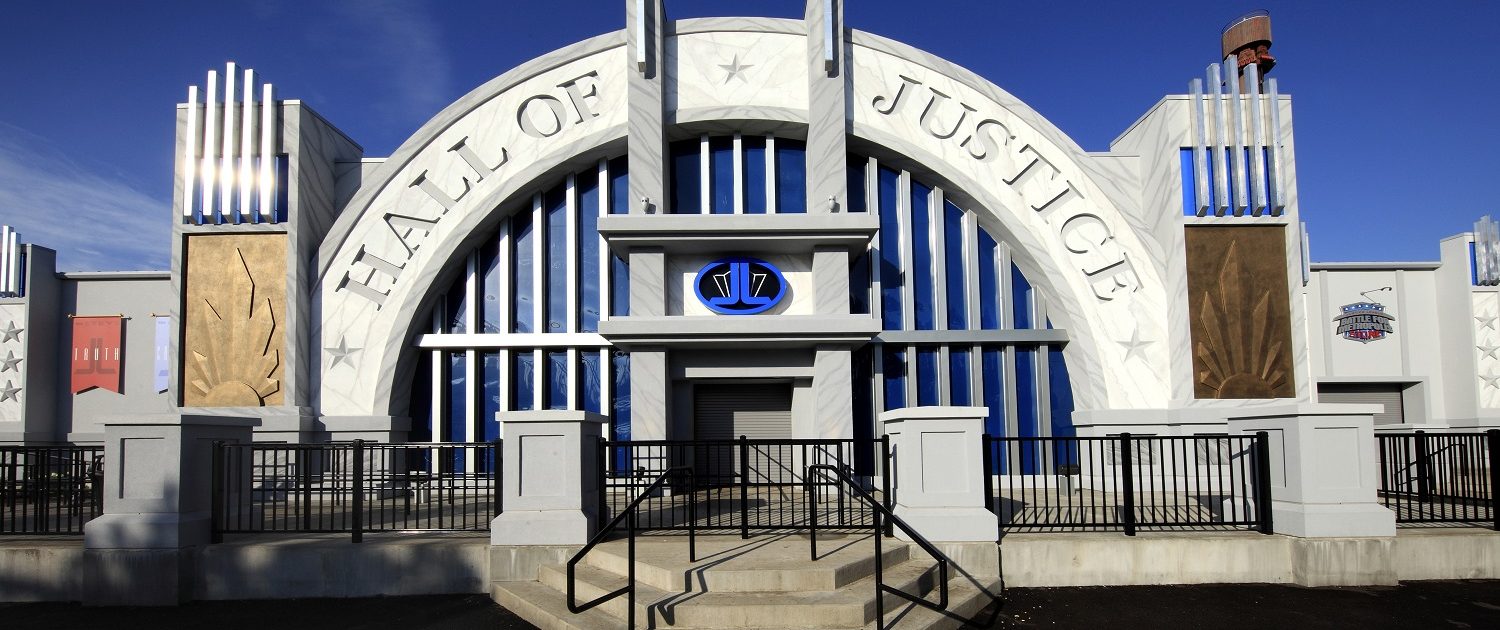

They also struggled to figure out how to accommodate a menstruating astronaut, remembered Ride, even suggesting women take 100 tampons with them to space for a one-week flight. Ride recalls NASA engineers asking her to help them develop a makeup kit, which they assumed women would want in space. Ride was also entering an agency that didn’t always know how to adjust to the presence of women. “But, they were just fine and didn’t give us a hard time at all.” “The astronauts who’d been around for a while were not all as comfortable and didn’t quite know how to react,” she recalled in a 2002 oral history. Though Ride later recalled NASA’s attempts to welcome her and her fellow women into her ranks, she admitted that some of the older astronauts, who had never worked with women, had to adjust to the idea of a woman coworker. NASAs first six women astronauts from the class of 1978: (L-R) Margaret Seddon, Kathryn Sullivan, Judith Resnick, Sally Ride, Anna Fisher, and Shannon Lucid. It may be undesirable.” Though 13 women were qualified to become astronauts, they never stepped foot on a spacecraft. “The men go off and fight the wars and fly the airplanes….The fact that women are not in this field is a fact of our social order. Astronauts, including John Glenn, testified about the cancellation. When the House of Representatives held public hearings to find out why, NASA cited rules that excluded women. However, the program was suddenly canceled in 1962. Eventually, 13 women were identified, trained and passed NASA’s barrage of selection tests.

The project was funded by Jacqueline Cochran, herself an elite pilot. The experiment evolved into a program that invited elite female pilots to undergo NASA’s testing regimen. When two male Air Force researchers wondered if women might better fit in small, cramped spacecraft, they decided to test the premise. In the early 1960s, a privately funded project called the Woman in Space Program challenged that status quo. Since the military didn’t allow women to be test pilots, applicants were, by default, men. The United States was even less eager to work with women astronauts: When it selected its first astronauts, it required all candidates to have engineering degrees and to have graduated from jet pilot testing programs in the military. Valentina Tereshkova, the first woman in space, in front of the Vostok capsule, 1963.


 0 kommentar(er)
0 kommentar(er)
